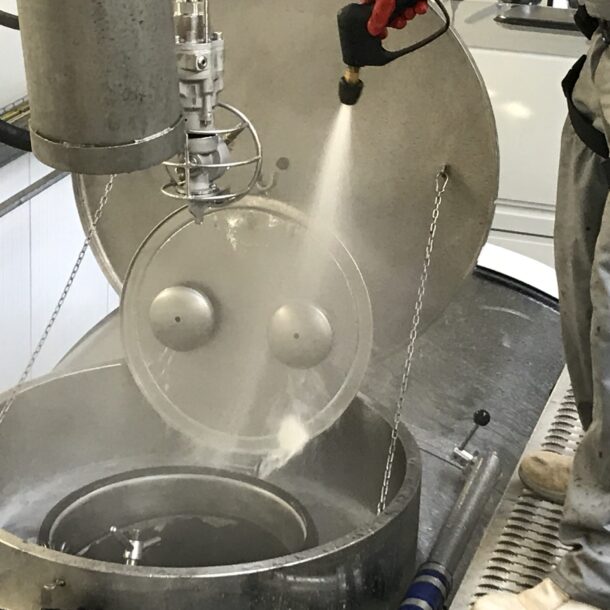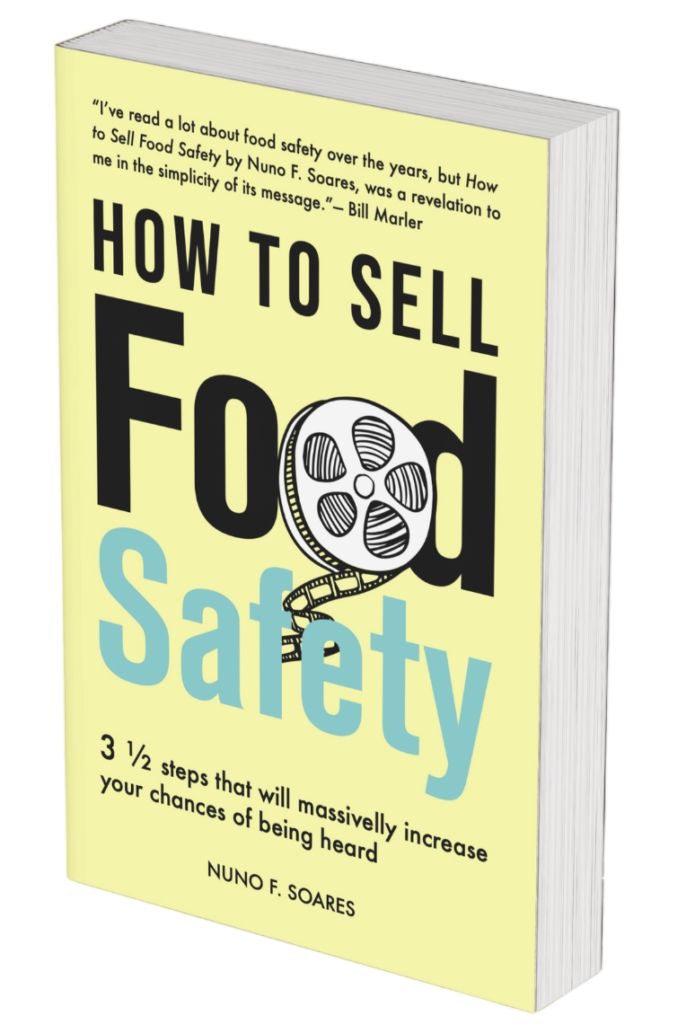
We see the requirements of the ISO 22000 standard as “the WHAT” and the new Handbook as “the HOW” which is an essential guideline that complements the standard. Whilst the new ISO 22000 Handbook is targeted at Small to Medium Size Enterprizes (SMEs), we believe this is a useful guideline for any organization that is implementing or has implemented any FSMS scheme.






 The handbook suggests as examples of verification activities:
The handbook suggests as examples of verification activities:




